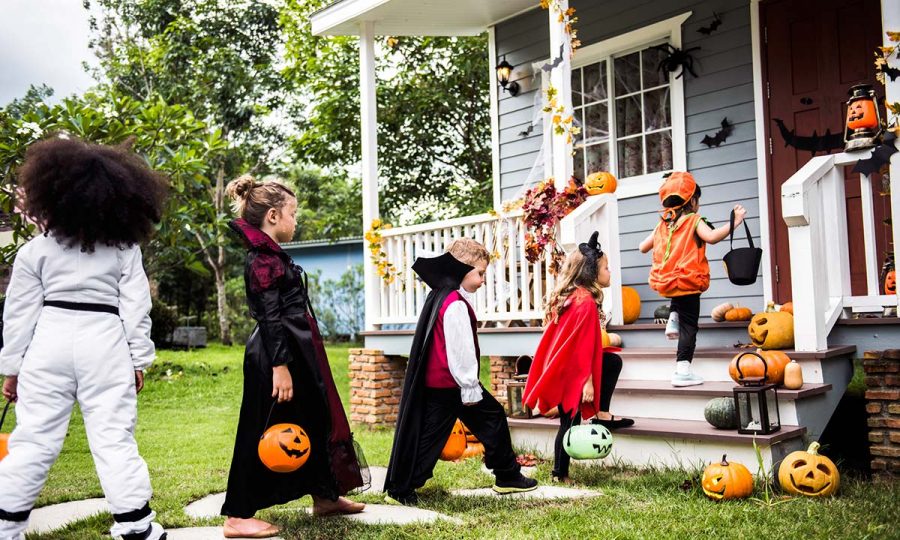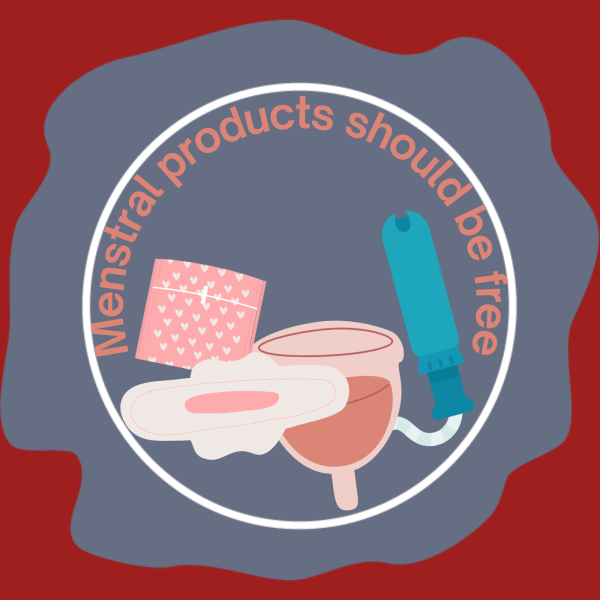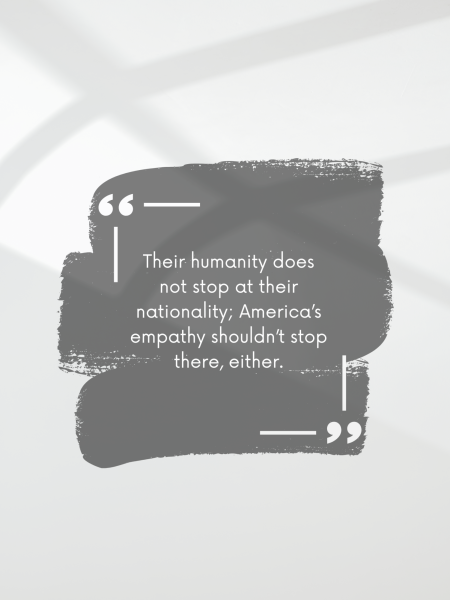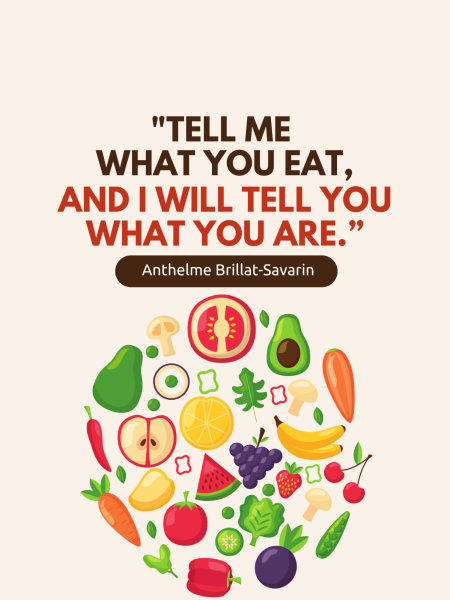Point-counterpoint: Age cap on trick or treating
Point: Max age should be 12-13
Children stand in line anticipating candy from trick-or-treating. Image courtesy of nypost.com.
Halloween is a tradition that has existed for centuries; children dress up in costumes that embody their wildest dreams and their current obsessions. Shrieks of delight are heard and children are slowly corralled door-to-door to collect candy. This tradition of children enjoying Halloween and the complimentary traditions that surround it have continued for many years, but for many, these activities end as they grow up. With this past year and COVID-19 decreasing the number of trick-or-treaters who participate, the question arises: How old is too old to trick-or-treat? This question has a simple answer. The maximum age at which one should trick-or-treat is 12-13.
Without an age cap on trick-or-treating, those younger than 12-13 have the joys of Halloween diminished because of the older generation causing chaos. For those younger than 12-13, Halloween is a day fueled by imagination and the promise of sweets. For those past the age cap, Halloween no longer holds the same meaning it used to. Halloween used to be about the kindness of others, dressing up in grandiose costumes and having an amazing night because of the offering of candy. Now, those past the age cap are in an environment that no longer belongs to them as they cannot connect to the center of Americanized Halloween: creating joy for young children. Rather, those past the age are focused on collecting candy through making adults feel guilty and obligated to give them sweets. For younger kids, having the streets filled with older children adds an element of terror as older kids’ costumes are commonly more graphic, and seeing a surplus of older children may intimidate young children.
Teenagers and those past the age of 12-13 could be viewed by adults as potentially being in the area to vandalize homes, steal pumpkins, or destroy Halloween decor. For adults, the process of handing out candy to teenagers with costumes commonly with little care put into it, such as throwing on a random mask and whatever the teen has around their home, shows the adult that the teenager is only trying to get free candy.
Those younger than 12-13 are still viewed as being innocent and pure by adults. They wouldn’t vandalize homes or swindle people which is why adults are more likely to handle trick-or-treating in a kinder manner. For children, those who are 12-13 are still roughly equal to them and not their superior as opposed to the the intimidation that teenagers bring The mild social stigma of trick-or-treating past 12-13 may remove the joy from trick-or-treating from those participating as well, which poses the question; why even bother trick-or-treating past 12-13 when the criticism from society will be too great to bear?
To view the other point of view click here






